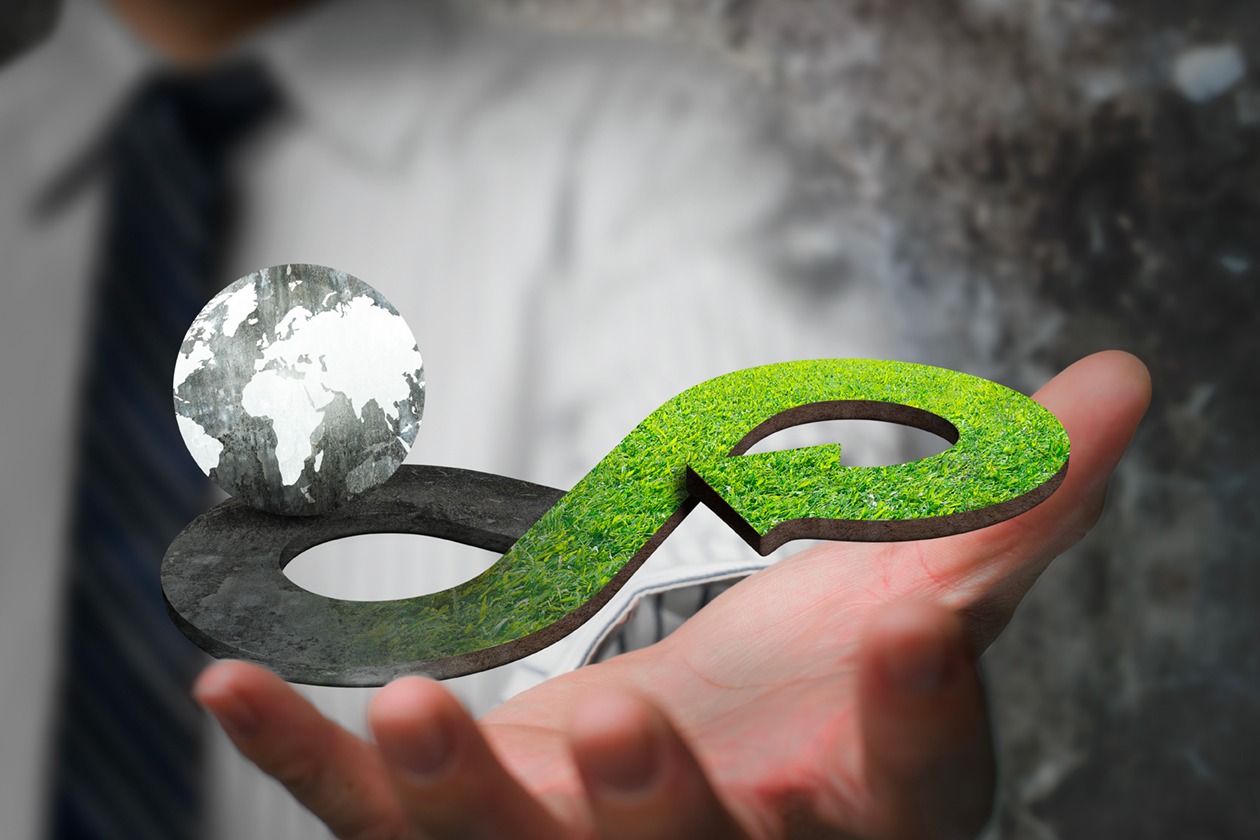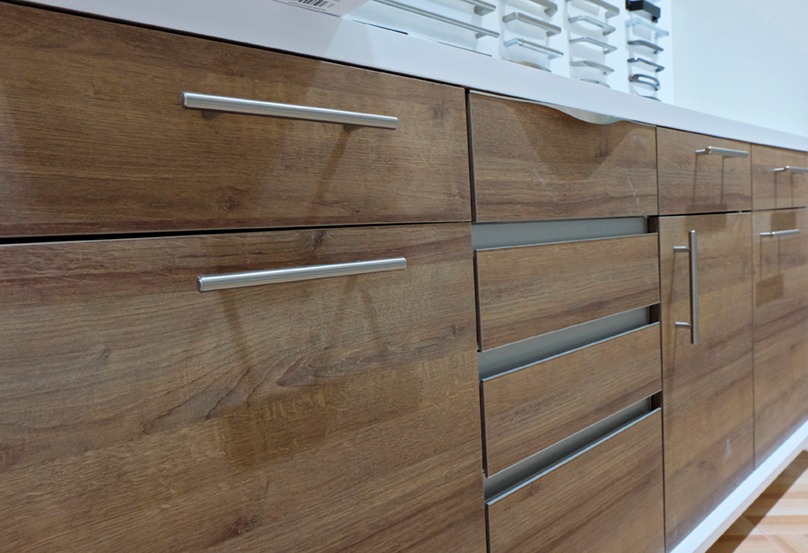Sustainability
EMPA members produce melamine in an energy efficient way and according to strict EU regulations, contributing to the lifecycle and durability of a wide range of products.
EU Political landscape
Since its publication in December 2019, the European Green Deal marked an unprecedent milestone in the environmental policy at the EU level and has been considered the “Europe’s man on the moon moment”. Under its umbrella, the European Commission has published several proposals, including the New Industrial Strategy, the New Circular Economy Action Plan, the Climate Law, and the Chemicals Strategy for Sustainability, aiming to the transition towards climate neutrality, environment protection and human health safety – and many more initiatives are expected.

The role of melamine
EMPA considers melamine as an important enabler to a more sustainable and circular economy. Melamine can be used in a wide range of applications to improve quality and durability of products, with beneficial aspects in terms of reduced resources for manufacturing new products and managing end-of-life products. In the context of climate neutrality, melamine is contributing to the reduction of CO2 footprint by capturing and storing carbon dioxide to be recycled for further usage.

End-of-life products as raw material
In line with the Green Deal and the messages conveyed by the European Commission on the need to prompt and improve the circular economy, melamine is an important intermediate to ensure the economic use of the limited earth’s resources.
Melamine makes it possible to guarantee improved performance of products like furniture, floors, cars, kitchenware and many more, while limiting the creation of waste by enhancing durability. For this reason, products made from melamine include the right combination of form, function, quality, sustainability and economic advantage.
Even when these products reach their end-of-life stage, they can still be re-used efficiently. Making furniture from waste material and finishing it off with a decorative surface is a good illustration of the circular economy approach. The European wood-based industry, including decorative surfaces and furniture producers are increasingly using substantial amounts of recycled materials. Raw materials such as wood are cascaded in sequential steps as long, often and efficiently as possible. The CO2 captured in the wood is efficiently stored in these products.
Why melamine
The use of recycled products is crucial. However, shape, design, quality and cost are equally important elements for consumers to make informed choices. Melamine-based products (e.g., decorative surfaces) offer this choice: they are strong, resistant, affordable and allow unlimited freedom of design, while respecting sustainability criteria.
